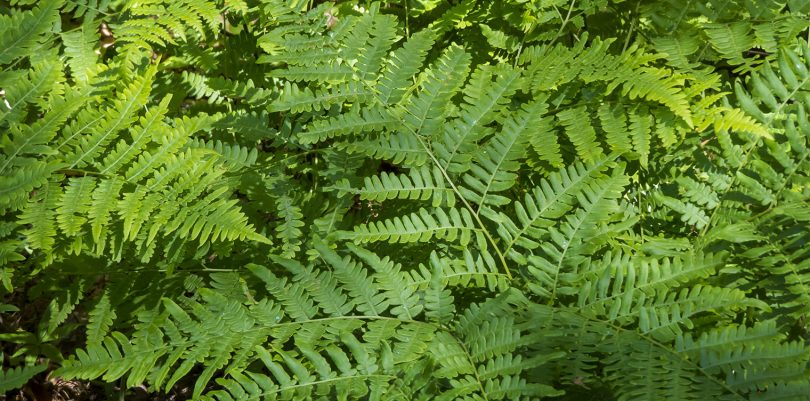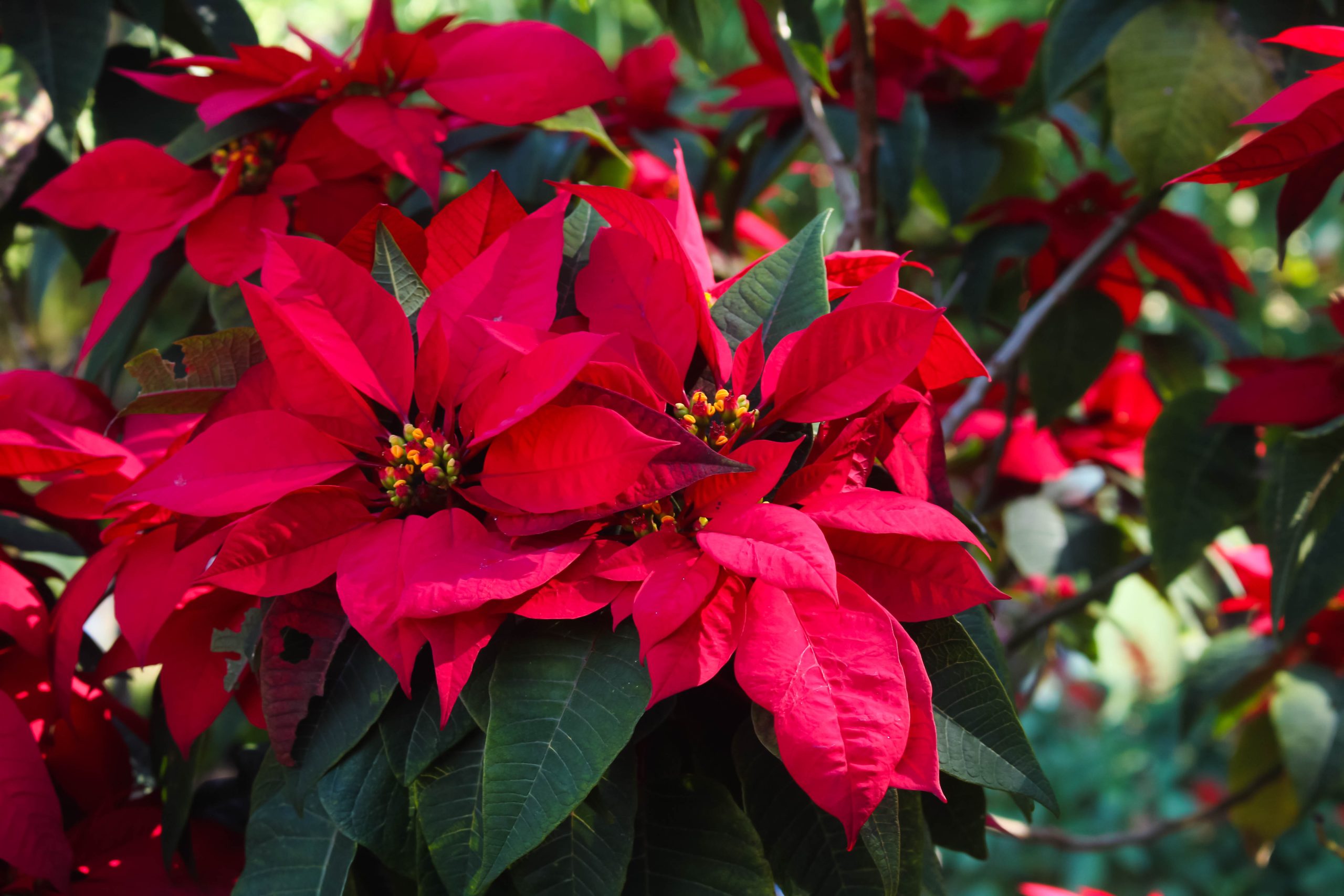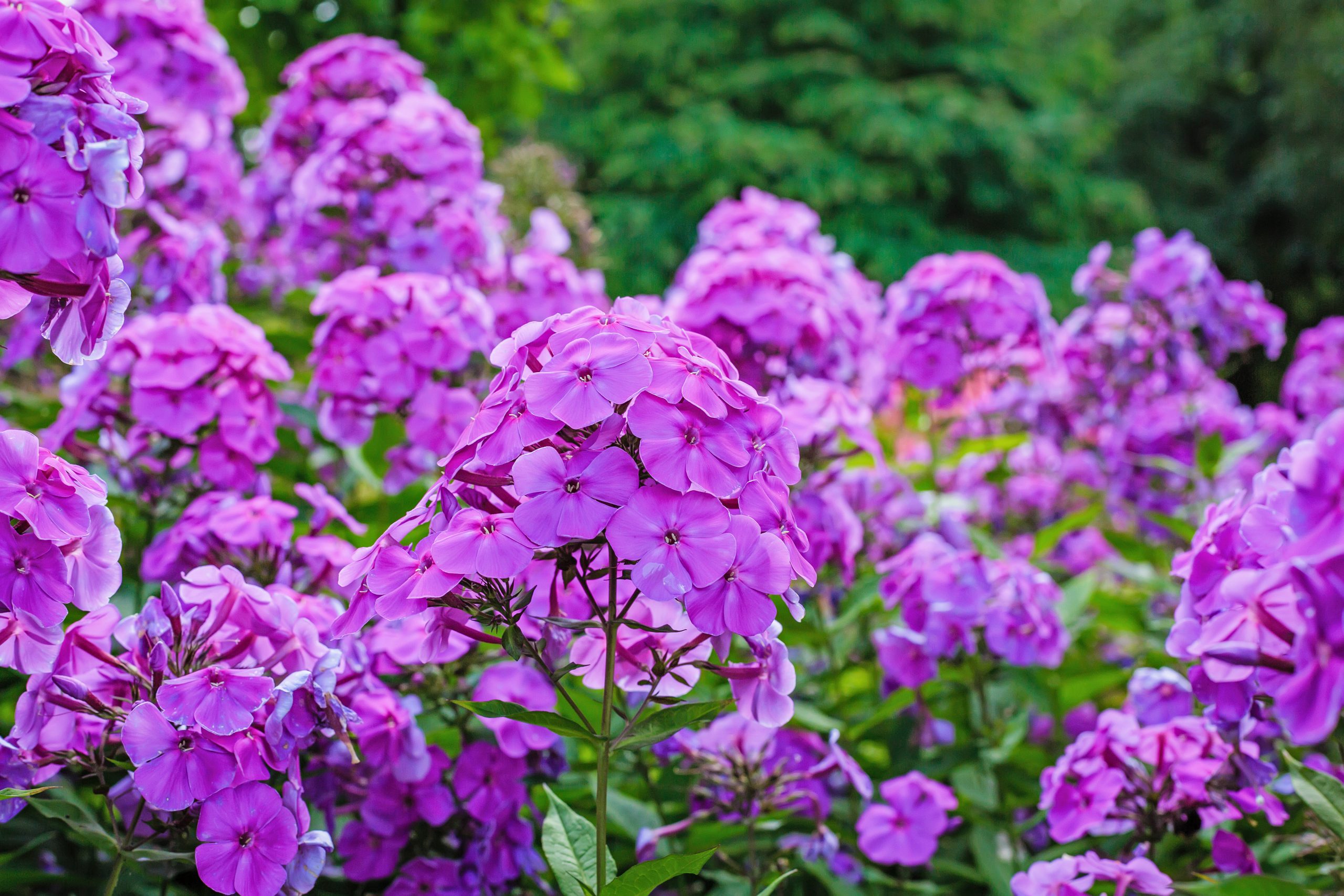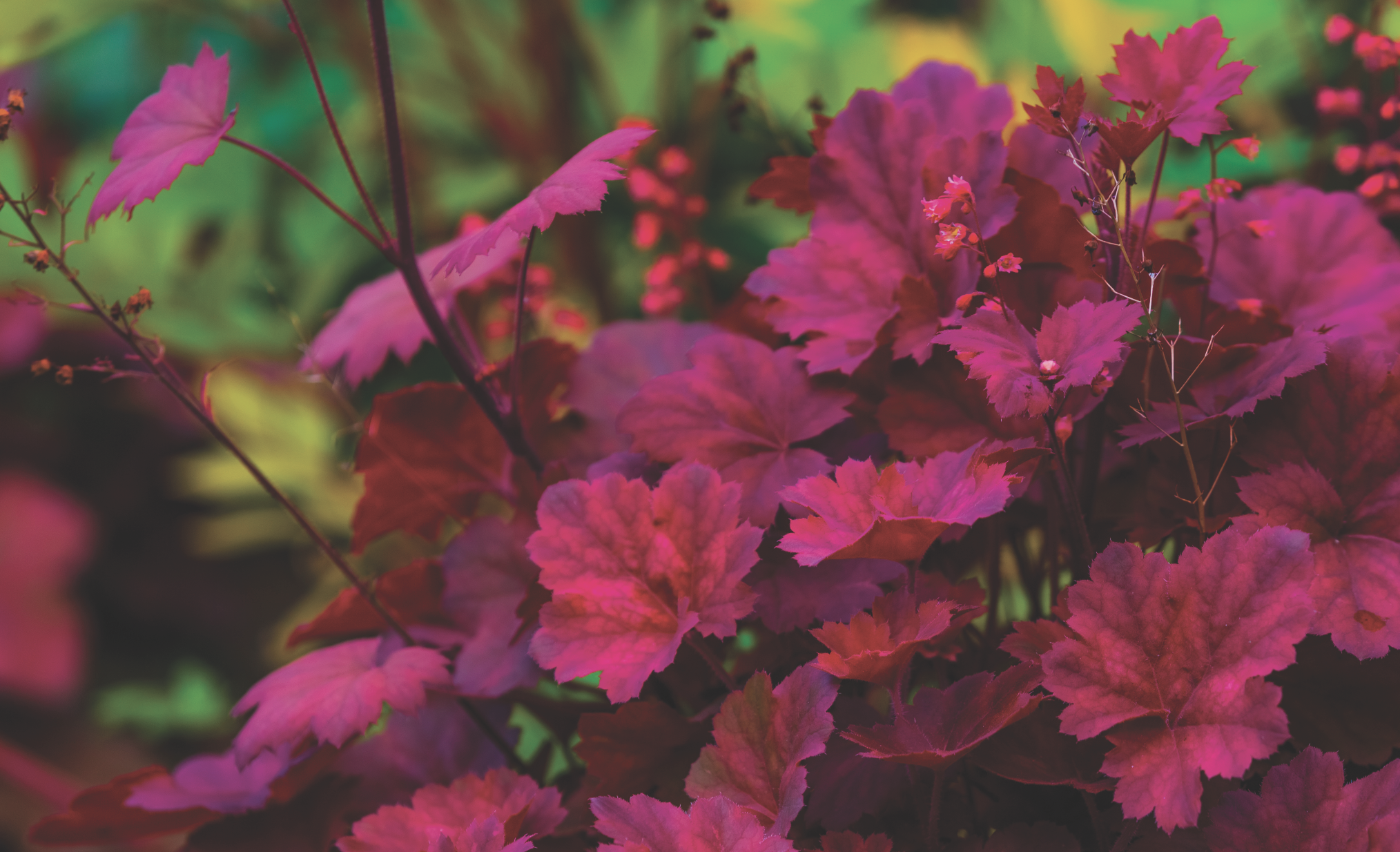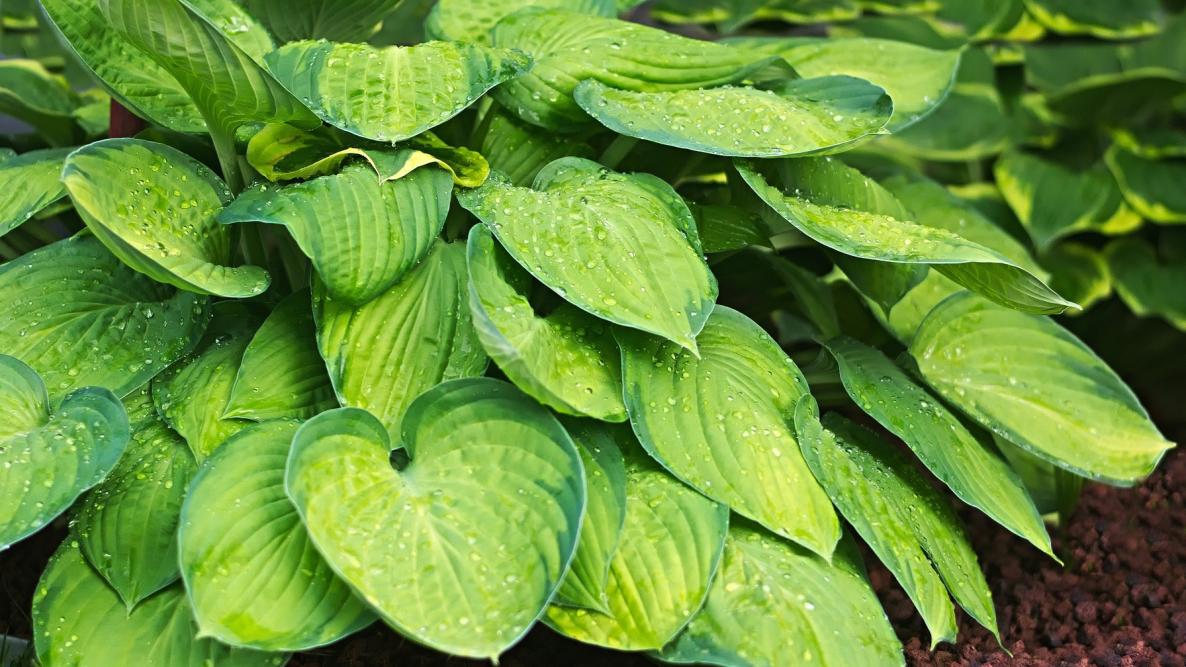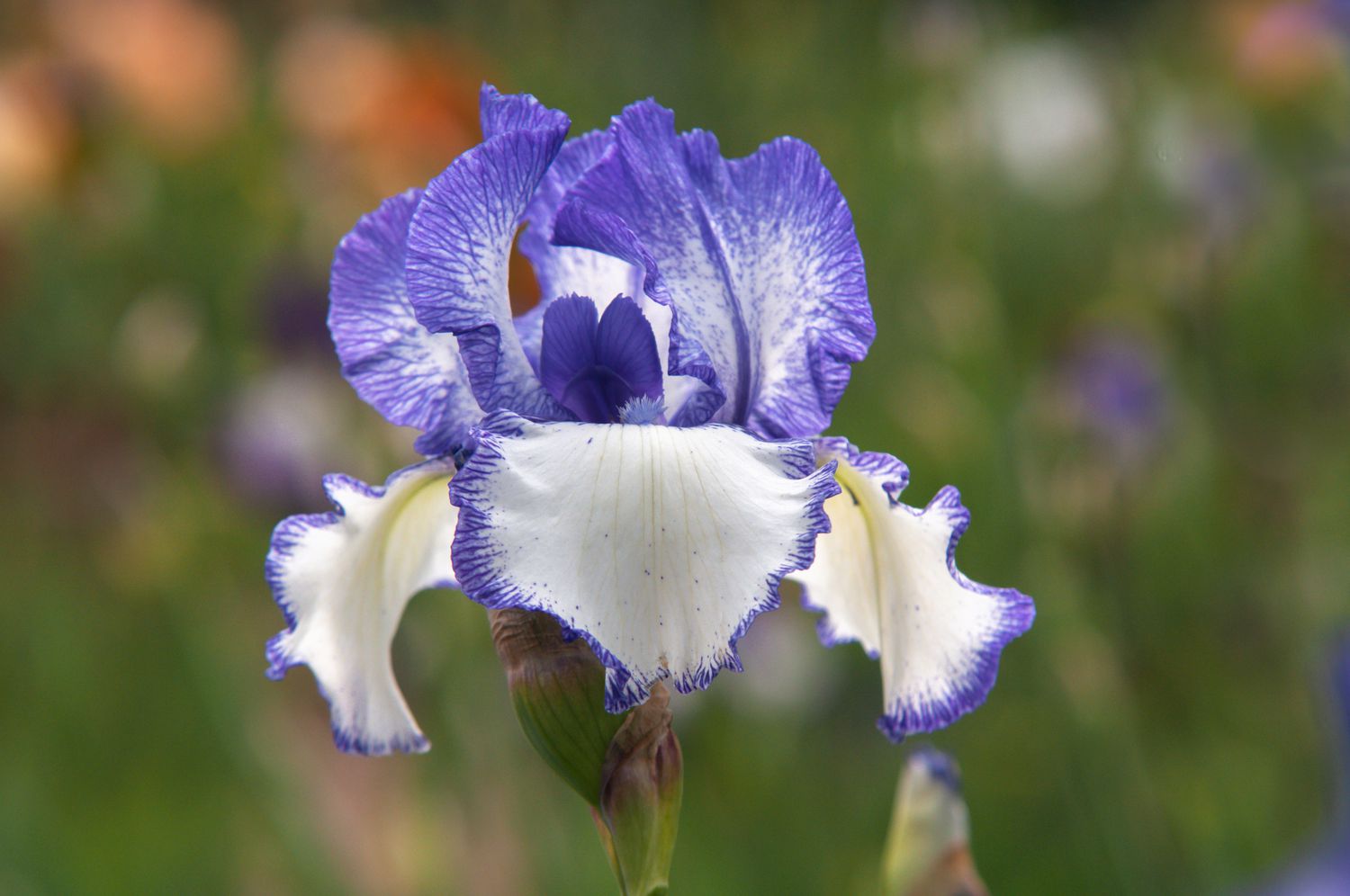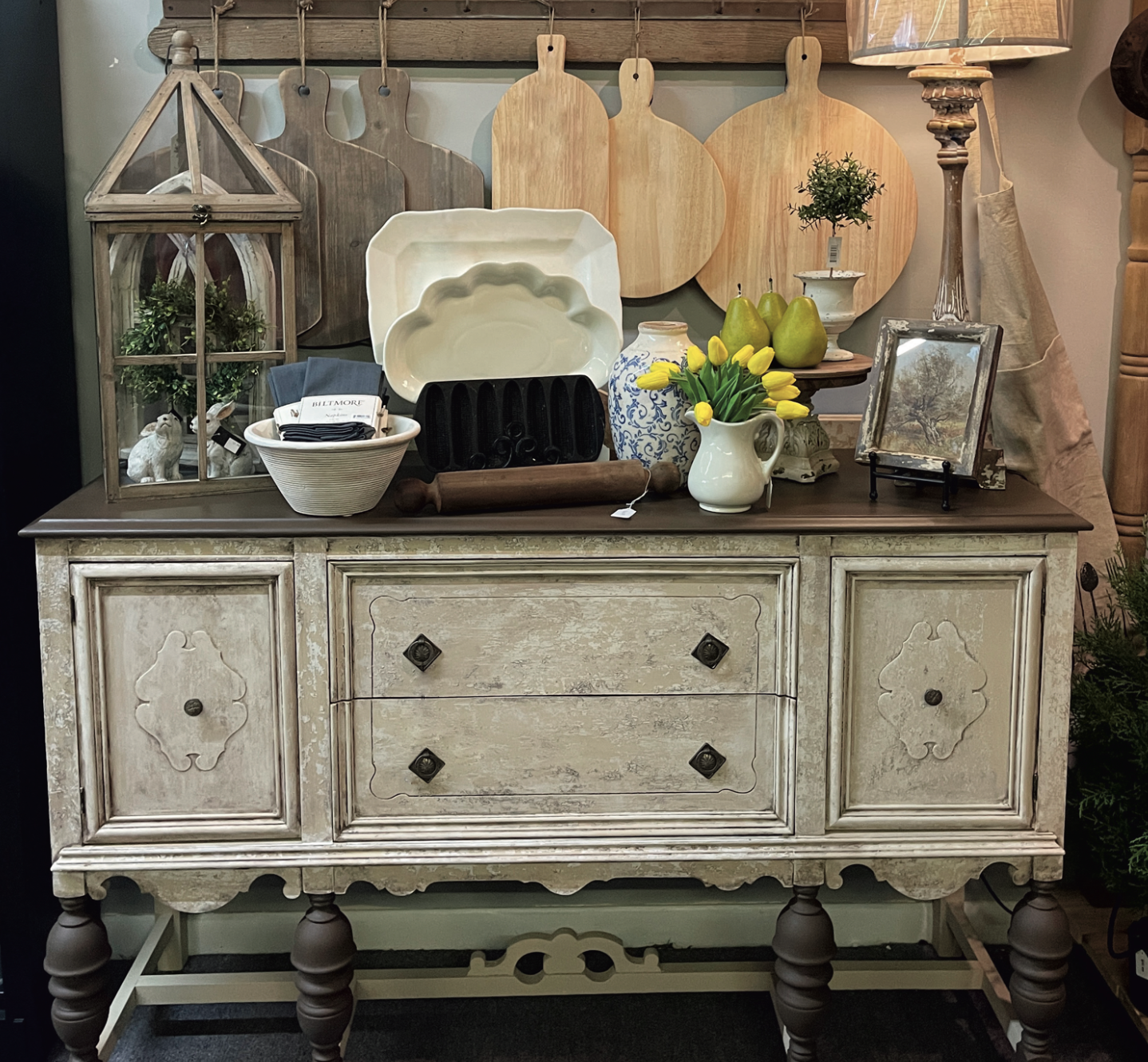Of all the plants we enjoy today in our gardens and in the wild, ferns are some of the most ancient. They are one of the oldest groups of plants on Earth, with a fossil record dating back more than 350 million years. About 10,500 fern species are cataloged, with others still being studied. Ferns can be found growing in very diverse environments. They can grow in woodlands, swamps, stream banks, from rock crevices, and alongside waterfalls. Those growing on woodland floors tend to be the best ferns for gardens and landscapes. I have a fern bank growing along a path down by the pond. I always sigh and take a deep breath when I get to this area. These wood ferns or Christmas ferns make the path seem cooler.
The ferns are growing alongside moss in deep shade. The low light and moist earth is a delight to your senses. The fronds in dappled light give your eyes about 100 shades of green.
Unlike most plants, ferns do not have flowers or seeds. They primarily reproduce by spores, usually found on the underside of their leaves. Ferns, which can be clump-forming or spreading, are also able to reproduce by rhizomes. They can be divided every 3-5 years in spring or fall. Clump-forming varieties may become hollow in the center indicating it is time to divide that plant.
Most ferns grow best in partial shade. Evergreen varieties are more tolerant of deep shade. Ferns can also grow in dry soils as well as wet. They also prefer acidic soil. Our native Christmas fern is adaptable and can tolerate soil that is dry and slightly alkaline. The Christmas fern belongs to the group Pteridophyta (vascular plants that do not produce flowers and seed). It originates from North America, where it is widely spread and abundant. Typical forest grazers (such as deer) do not like to eat this fern because of its specific chemical composition. As a result, this fern can easily occupy new areas and prevent growth of other plants. People cultivate Christmas fern in their gardens as ornamental plant and/or use leaves of this fern for decorative purposes. This fern develops around 20 leaves better known as fronds.
Leaves are semi-erect before the first frost which pushes them toward the ground. Christmas fern has dark green, leathery, pinnate leaves. Each leaf consists of 20 to 35 pairs of lance-shaped leaflets with pointed tips. This fern can also reproduce via division of the rhizome. Daughter plants are coiled and called fiddleheads. They can be seen during the spring.
You can plant anytime the ground is not frozen, but spring or fall is ideal when rain is plentiful. When planted in the proper location, they are generally free of pests and disease. Slugs and snails tend to be the most common problems and crown rot can develop if drainage is poor.
Often found growing wild on woodland floors, ferns are an obvious choice for a shade garden. Fronds can be lacy or leathery, offering nice texture when used alone or when combined with the large leaves of hosta and hellebores, the colorful foliage of Heuchera or caladium, or the dainty blossoms of bleeding heart.
My daughter gave me Autumn Ferns for Mother’s Day last year. I had admired this plant growing in her garden. It has a copper tint to its foliage. Her plants drape beautifully across a retaining wall made from railroad ties. It softens the wall and is dramatic in color and texture. They also return year after year. Ferns have been with us over 300 million years and they are still a delight.



